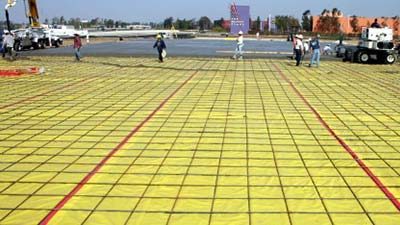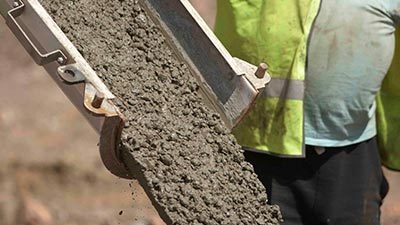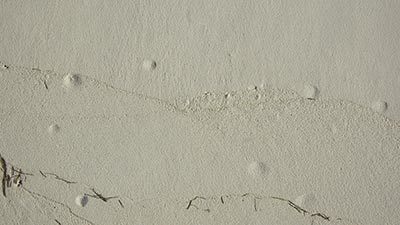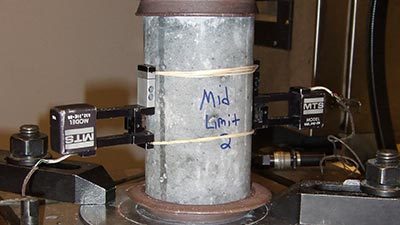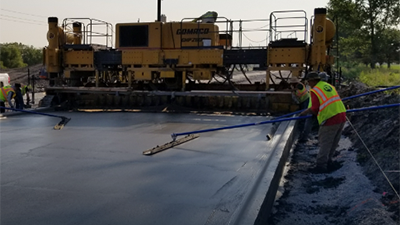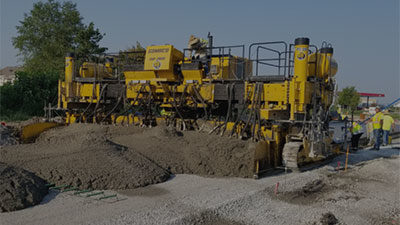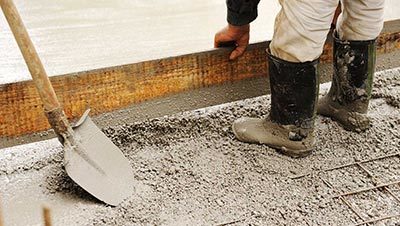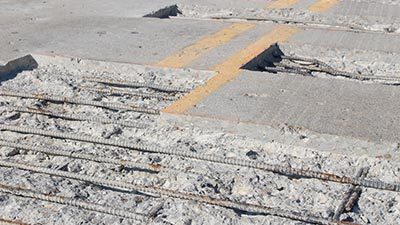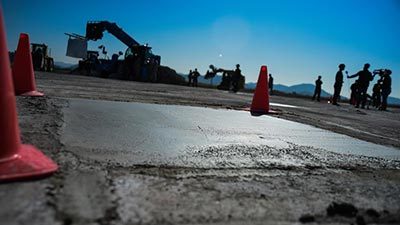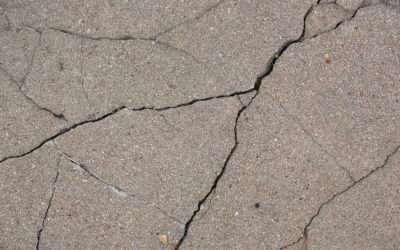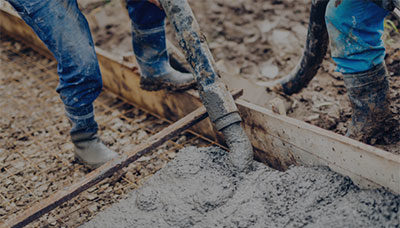Be The Best
We are a company built on performance.
How Concrete Floor Vapor Barriers Work
Why Vapor Retarders Are Used Under Slabs What Is A Vapor Retarder? They’re materials which reduce the transfer of water vapor from the sub-slab support into the concrete slab. The specifications are generally outlined by ASTM E 1745 and most retarders possess...
How Job Site Addition Of Water Affects Your Concrete
What Is Jobsite Addition Of Water? Simply, it’s adding water — usually a small amount of the mix design water — to ready mix concrete inside the mixer truck after it arrives on the job site. Why Is Water Added At A Jobsite? Adding water to concrete on site brings the...
Why Concrete Blisters Form & How To Avoid Them
What Is Blistering Concrete? Akin to the type of skin irritation, concrete blisters are hollow, inconspicuous nodules on a concrete surface. Though they’re generally small, usually dime-sized in diameter up to one inch, blisters can grow up to three inches in diameter...
What Is Low Concrete Cylinder Strength?
Generally, the process begins by molding a fresh concrete sample and allowing the sample to cure in standardized conditions. Testing takes place at a pre-specified time, usually 28 days after molding, with all procedures performed following ASTM standards. It’s done...
What Are Aggregate Popouts & How Can I Avoid Them?
Aggregate Popouts What Is Popout? A “popout” is a small, generally cone-shaped cavity in a horizontal concrete surface left after a near-surface aggregate particle has expanded and fractured. Generally, part of the fractured aggregate particle will be found at the...
What’s The Difference Between Concrete & Cement?
This question may not have crossed your mind until now; however, it is a thinker, wouldn’t you say? The common individual seems to use the two interchangeably. Even someone who frequently deals with the two may not know the difference. Is your sidewalk made of...
What Does Concrete Curing Consist Of?
The Importance Of Concrete Curing As you’d imagine, accomplishing a specified concrete strength is rather important. Concrete makes up our walkways, roadways, parking garages, buildings, etc. If concrete is poured and not properly cured, those things will crack and...
How Cold Weather Affects Concrete Placement
What Is Considered Cold Weather? When the average daily temperature falls below 40 degrees Fahrenheit for more than three consecutive days, it’s considered cold weather. Concrete needs special considerations for placement, finishing, curing, and protection under these...
What Is Concrete Delamination & How Can I Prevent It?
Concrete delamination is the separation of the paste layer at the surface, creating an unbonded concrete layer between there and the slab body. This issue develops with troweled concrete, commonly during the early spring and late fall with concrete placement on a cool...
Pouring & Curing Concrete In Hot Weather
How Hot Weather Affects Curing By default, curing is the actions and conditions which maintain an adequate level of moisture content and temperature in concrete at its early stages. If performed properly, the end result is concrete that develops properties the...
How Plastic Shrinkage Cracking Affects Concrete
Best Practices For Plastic Shrinkage Cracking What is Plastic Shrinkage Cracking? This phenomenon happens when the concrete is still plastic, soon after pouring. They’re an all too common type of shrinkage cracks in concrete slabs, generally emerging parallel to one...
Understanding Concrete Pump Capacity Per Hour
Understanding The Volume Of Concrete Pumps When needing concrete, you’ll want a concrete pouring option that is suitable for your particular project. There are smaller pumps available for residential-specific jobs, and there are larger pumps available for...
How To Avoid Problems Involved With Hot Weather Concreting
Laying concrete is a very particular task. It involves specific machinery and materials, and it requires precise execution in order to keep structures stable for practically forever. In addition, concreting revolves around external conditions, such as hot and cold...
